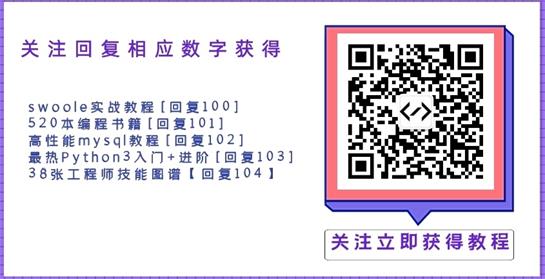1.使用render方法
return render(request,'index.html')
返回的页面内容是index.html的内容,但是url不变,还是原网页的url,(比如是login页面的返回方法,跳转后的url还是为login) 一刷新就返回去了
2.使用redirect方法
return redirect(request,'idnex.html')
直接跳转到index.html页面中,url为跳转后的页面url
补充知识:Django的View是如何工作的?
View (视图) 主要根据用户的请求返回数据,用来展示用户可以看到的内容(比如网页,图片),也可以用来处理用户提交的数据,比如保存到数据库中。Django的视图(View)通常和URL路由一起工作的。服务器在收到用户通过浏览器发来的请求后,会根据urls.py里的关系条目,去视图View里查找到与请求对应的处理方法,从而返回给客户端http页面数据。
当用户发来一个请求request时,我们通过HttpResponse打印出Hello, World!
# views.py
from django.http import HttpResponse
def index(request):
return HttpResponse("Hello, World!")
下面一个新闻博客的例子。/blog/展示所有博客文章列表。/blog/article/<int:id>/展示一篇文章的详细内容。
# blog/urls.py
from django.urls import path
from . import views
urlpatterns = [
path('blog/', views.index, name='index'),
path('blog/article/<int:id>/', views.article_detail, name='article_detail'),
]
# blog/views.py
from django.shortcuts import render, get_object_or_404
from .models import Article
# 展示所有文章
def index(request):
latest_articles = Article.objects.all().order_by('-pub_date')
return render(request, 'blog/article_list.html', {"latest_articles": latest_articles})
# 展示所有文章
def article_detail(request, id):
article = get_object_or_404(Article, pk=id)
return render(request, 'blog/article_detail.html', {"article": article})
模板可以直接调用通过视图传递过来的内容。
# blog/article_list.html
{% block content %}
{% for article in latest_articles %}
{{ article.title }}
{{ article.pub_date }}
{% endfor %}
{% endblock %}
# blog/article_detail.html
{% block content %}
{{ article.title }}
{{ article.pub_date }}
{{ article.body }}
{% endblock %}
以上这篇Python Django view 两种return的实现方式就是小编分享给大家的全部内容了,希望能给大家一个参考,也希望大家多多支持自学编程网。

- 本文固定链接: https://zxbcw.cn/post/182734/
- 转载请注明:必须在正文中标注并保留原文链接
- QQ群: PHP高手阵营官方总群(344148542)
- QQ群: Yii2.0开发(304864863)
